Hue Guessed It: Thoughts On Color
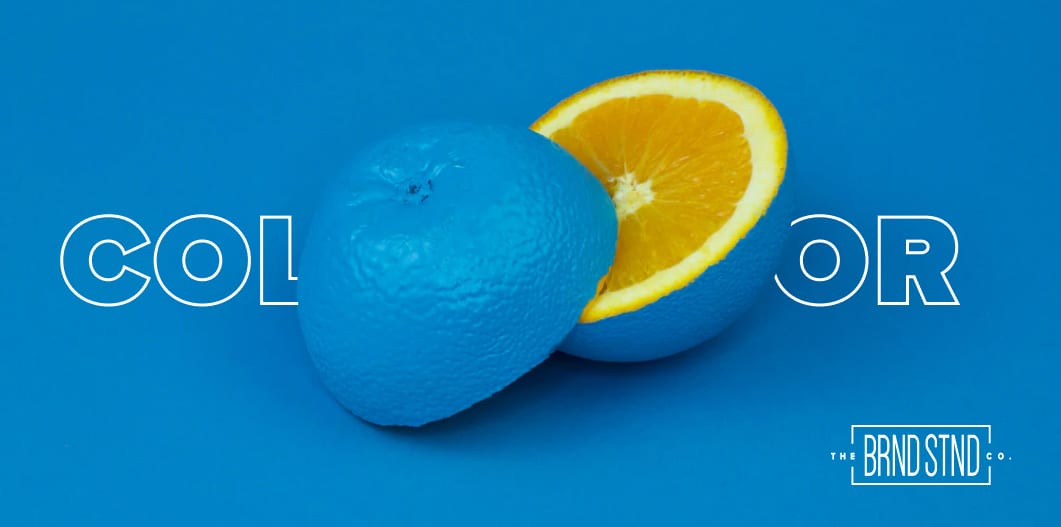
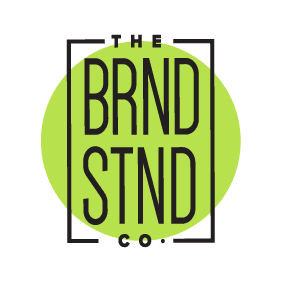
Color can be such a powerful communication tool. Recently, we wrapped up two client projects that were very heavily focused on how to use color intentionally both as a contribution to the brand as well as the user experience. In this piece, we share our thoughts about the intentionality of color.
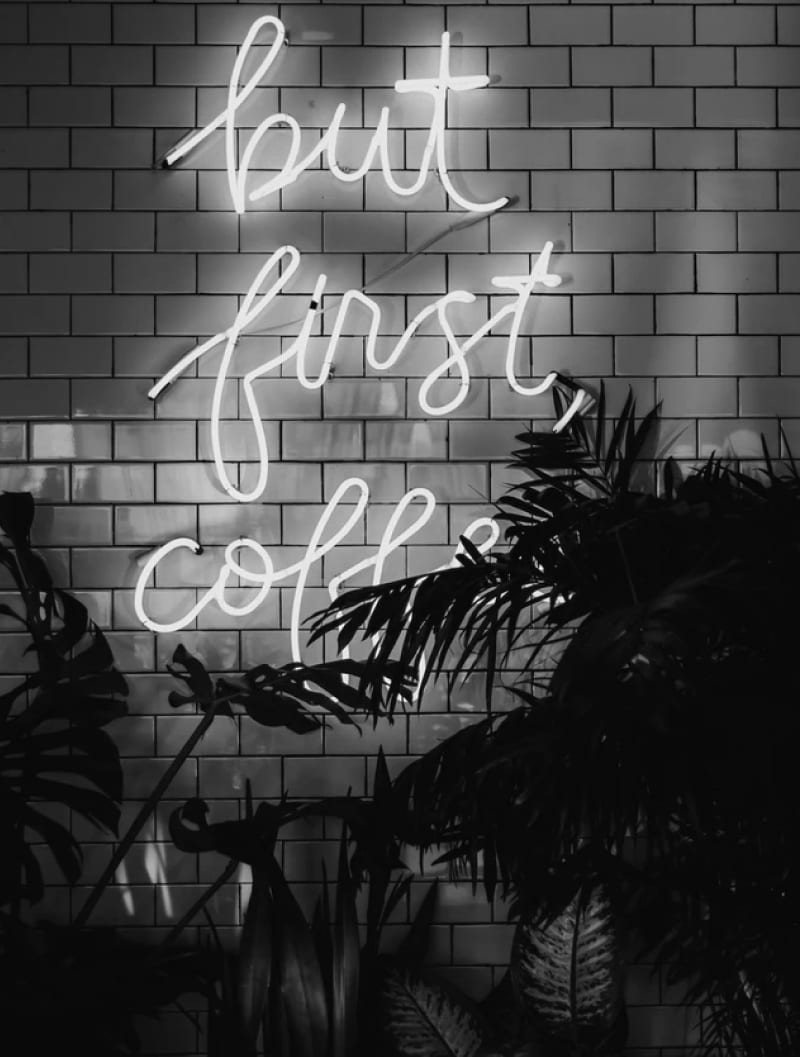

We take color very seriously here.
In fact, we believe that color does so much more than make a design look aesthetically pleasing. To be fair, that is certainly an important factor! But in many cases, color is the difference between a gorgeous product that nobody uses…and a smart, thoughtfully designed product that generates revenue. Here are the top things to consider when choosing a color palette:
Reinforce a Strong Brand
Which brand comes to mind when you see these two colors?
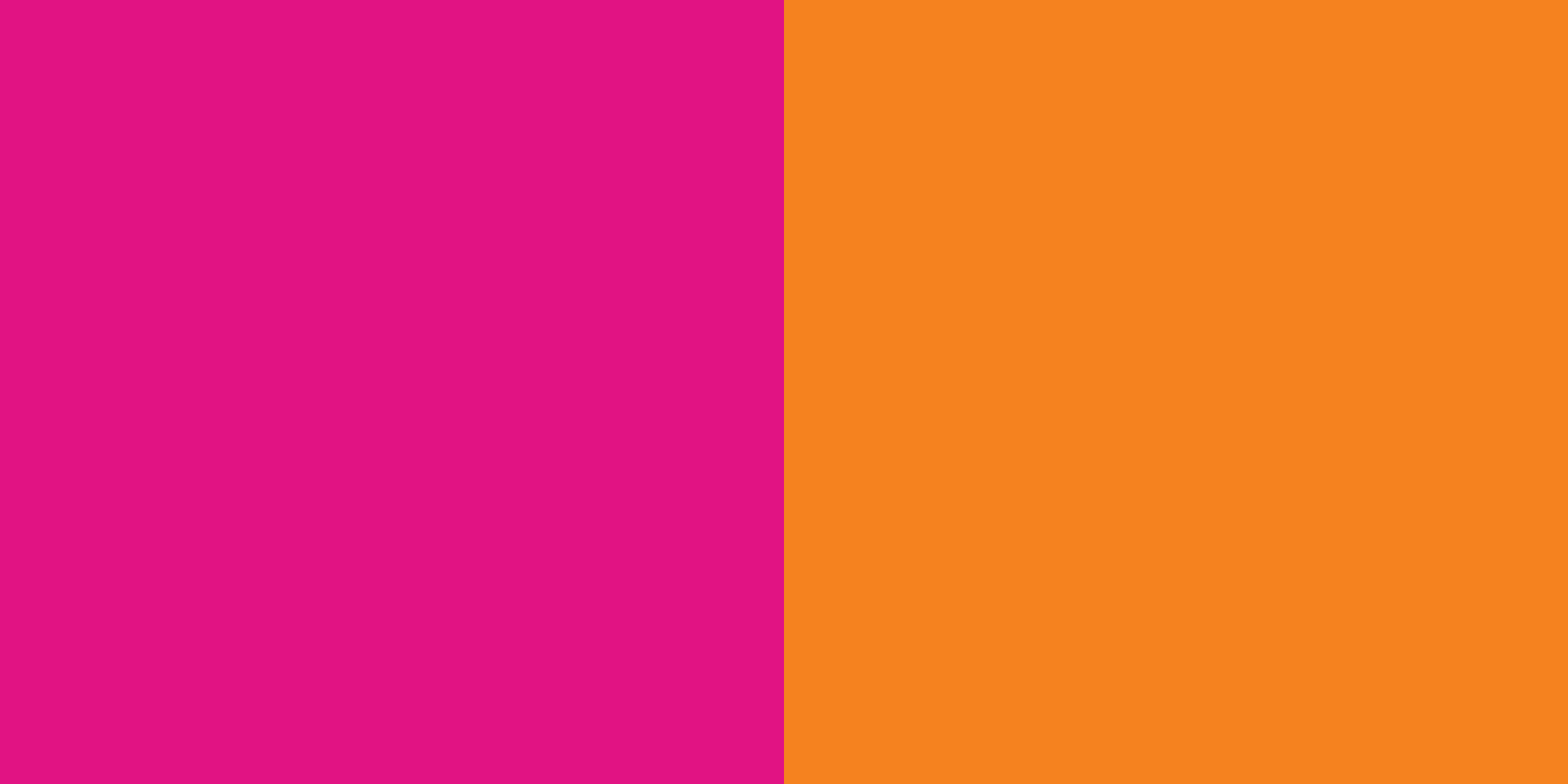
This might’ve been an easy one for all our fellow coffee drinkers out there. This unique color palette belongs to Dunkin’! Even the non-coffee drinks probably got this one very easily. Why is that? Because Dunkin’ uses this color palette in every visual asset they produce, whether it’s a storefront, a newsletter, or their product packaging. In applying it to each one of these items, they further strengthen their foothold in the mind of the consumers. That’s important because having a recognizable color palette is part of having a strong brand. And as long as strong brands attract customers (and therefore revenue), companies will continually invest to make them so.
Here’s an example of brand recognition in action–you’re walking down the street at 11 AM on your way back to the office from a client meeting. You see the pink and orange awning but not the store’s signage yet. You weren’t thinking about coffee before, but now you are. Best believe nothing’s getting in between you and that iced coffee now! In this example, you didn’t even need to see the signage in order to trigger your response to buy coffee. The power of branding at work!

In addition to revenue, there are a number of intangible values that a color palette reinforces for a company’s brand. For example, consistent use of the same color palette can convey authenticity and reliability to consumers. Yours is a company that is so thoughtful in everything that it does, right down to the color palette. Naturally, your products must be high-quality and intentionally made. Colors can also be used psychologically to influence consumers’ emotions. Blue is most often associated with trust, green with wealth, and red with passion, just to name a few.
So when you’re choosing color, do so with intention. What values do you wish to convey for your brand? What do you want consumers to feel or think when they see your “awning”? How can you apply it consistently across all your assets so that your brand is recognizable, and therefore authentic and reliable?
Facilitate a Seamless User Experience
When you’re driving, what do you do when that stop light all of a sudden turns from green to yellow? You pump the brakes (or maybe you’re team hit-the-gas-and-pray-there-isn’t-a-red-light-camera-around).
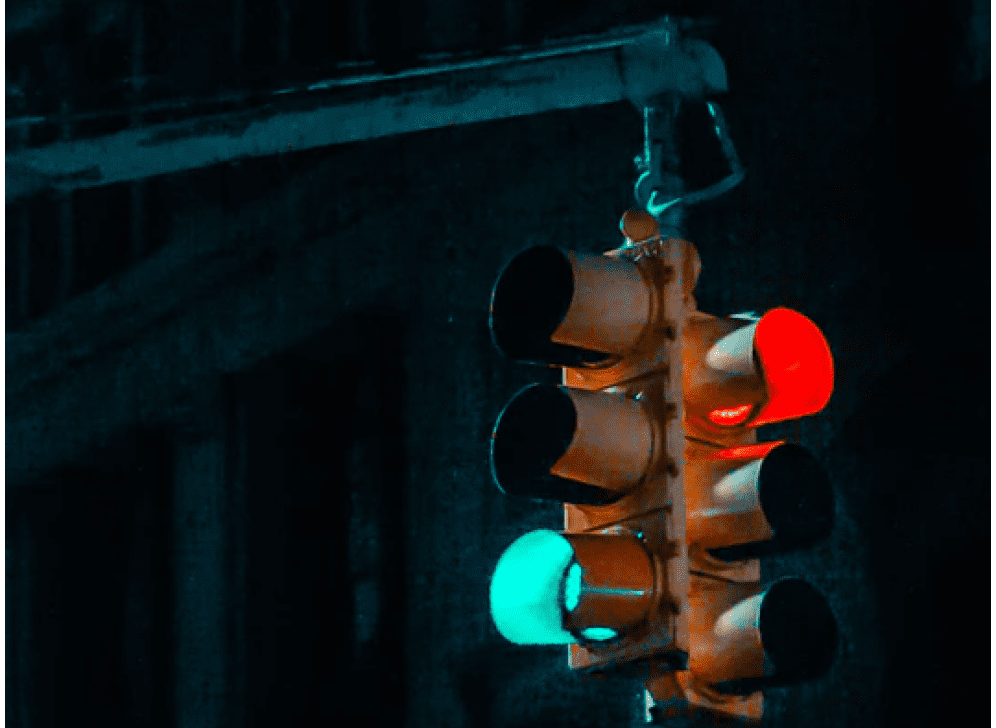
Regardless of your reaction, that change in color triggered a response from you as a result of your training to become a licensed driver. You were taught that yellow means caution, and now it’s just second nature. (Psssttt read more about the origin of the traffic light colors here.) Color conventions like that of a traffic light can also be applied to your designs to facilitate a seamless user experience. Below is just a snapshot of how The Brand Stand has intentionally used color in the past:

Bright orange for things that a user should pay attention to

Neon green elements to reinforce correct behaviors
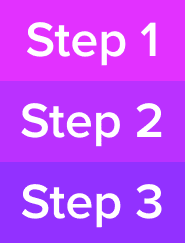
Consecutive shades to convey different stages of a process

Bright colors to entice users to click on a button

Gray colors to convey that a button is inactive
What’s amazing is that users don’t need a legend to spell out the meaning of each of these colors. Again, the psychology of color comes into play here, but this time, in a way that informs and communicates with users. Color is therefore a very powerful, implicit design tool. If a product is well-designed, it is easy to use, and if it’s easy to use, then users will be more likely to use it time and time again–a UX Designer’s ultimate goal.
An Exercise In Color
Who are you designing for? Where are they going to be using your product? On what devices? These are key questions that require answers, as they will ultimately influence your color decisions. Let’s bring the above concepts to life with an exercise.
Imagine you are designing a marketing tool for financial advisors to use while they go on sales calls to visually depict how a client’s money will be invested. These financial advisors typically meet with prospective clients in person, so they’ll be using the tool on a smartphone or a tablet. Given the significant and sensitive subject matter, the experience should make the prospective client feel that the financial advisor is professional, knowledgeable, and on a subconscious level, trustworthy.
Let’s break this down, shall we?
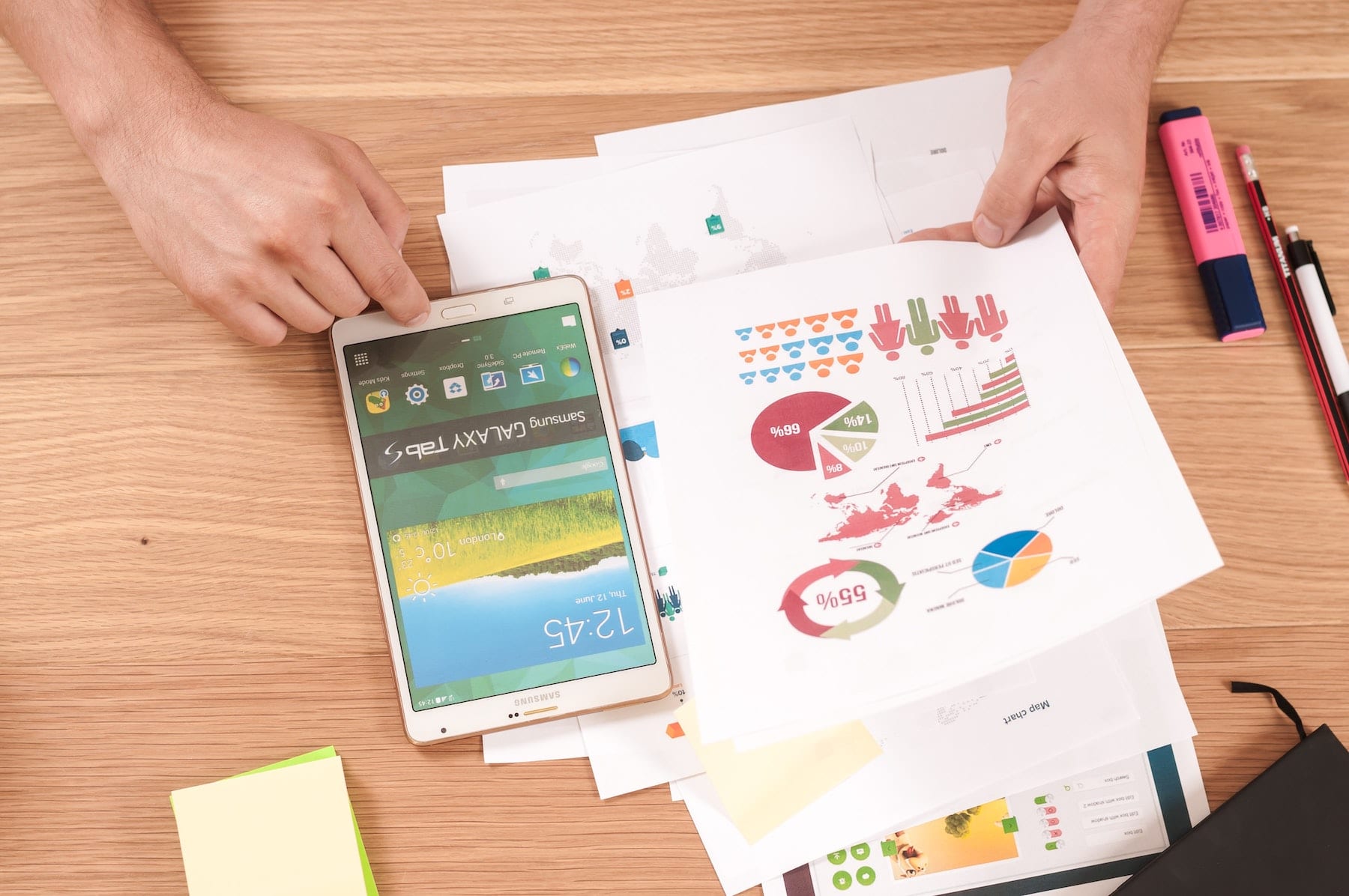
Contrast
Since this tool will be used on relatively smaller devices, we want the colors to be indistinguishable from one another. This means having a high contrast color palette, which happens to be a principle of color accessibility (see third bullet point). We also want them to be distinct so that the end users won’t misinterpret the data. If a financial advisor is having a hard time distinguishing between teal and green, that has the potential to make him or her look less knowledgeable. Our users must be able to distinguish between the colors used in order to interpret the data displayed on the app.
Hue
The psychology of color plays a big role in this case study because it can influence the customer relationship. Fortunately, there are a few different directions you could run in. As mentioned earlier in this post, blue has a tendency to convey trustworthiness, one of our key values. From another perspective, green is a color very frequently used in the finance industry since it is a symbol of money and wealth. Surprisingly, you also see orange in finance, a color most often associated with happiness and creativity. Finally, you might want to be very careful with red. Psychologically, it may be conveyed as money lost given the context of this case study. On the flip side, red could be exercised in a smart way that draws the user’s attention to important information. That being said, it’s important to note that color can be a very subjective topic. In our opinion, as long as it is chosen and applied with intention, there is no wrong answer!
Accessibility
Designing for accessibility means being mindful of all individuals, including those with speech, vision, auditory, physical, or cognitive disabilities. That can culminate in a number of different ways, one of which being your color choices. For example, white text on a light gray background might make a product difficult to read, especially for those with impaired vision. There are a number of online tools that you can use to check a color pairing’s contrast, like this one or this one. We’ll probably write a blog post in the future about our experiences with accessibility, but for now, you can learn more about it from the Web Accessibility Initiative.
So what did you choose?! Whenever we present a color palette to a client, it has to “feel right”. Do you ever feel that way? It’s hard to explain, but we’re pretty sure it falls into that gray area (pun intended) between art and science. We hope that with these key considerations in mind, you will feel even more confident in your color choices moving forward.
Want to learn more about design thinking?
As important as they are, user interviews are just one piece of the design process! Here at The Brand Stand, we run the whole gamut from discovery and research to visual design and user testing. Let us know what else you want to learn about.
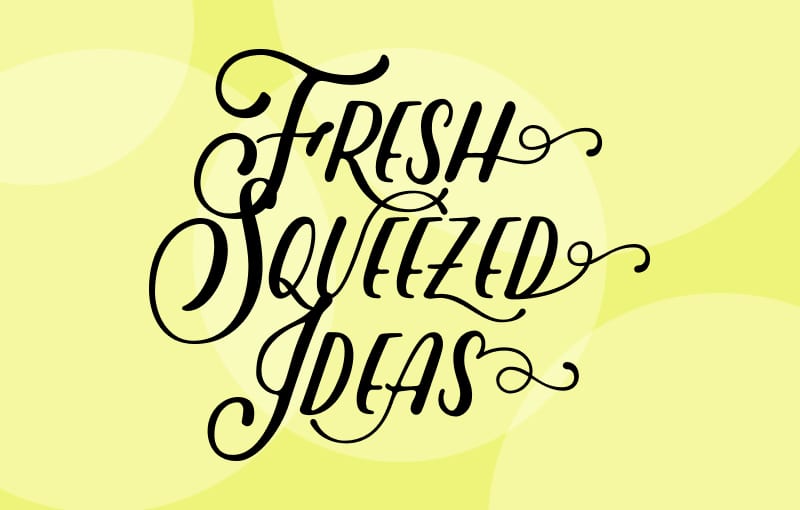
Follow Us
Join Us
Subscribe For More Delightful Updates, Like This.
Fresh-squeezed ideas sent straight to your inbox.
Color Resources We Love
More Freshly-Squeezed
